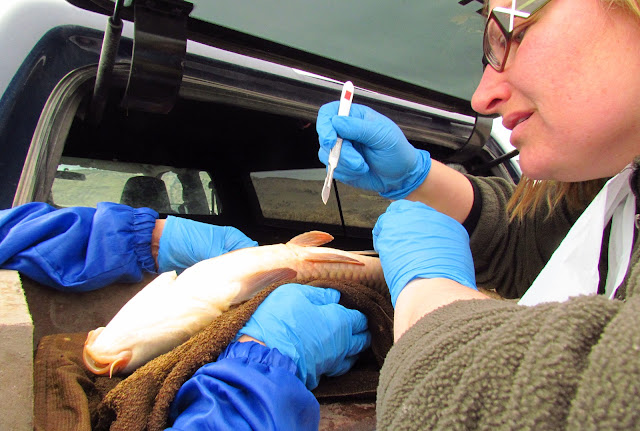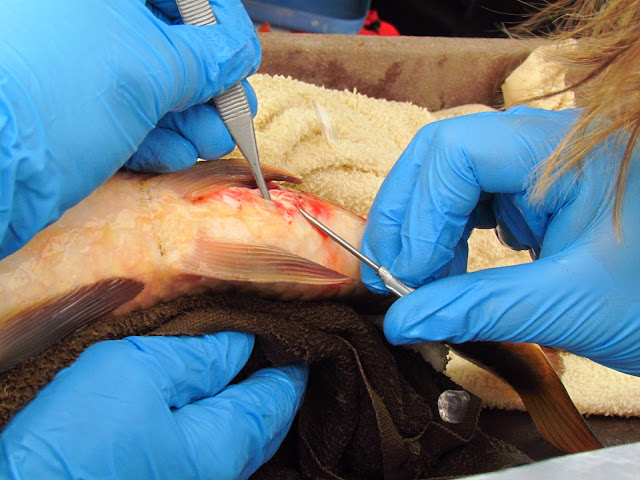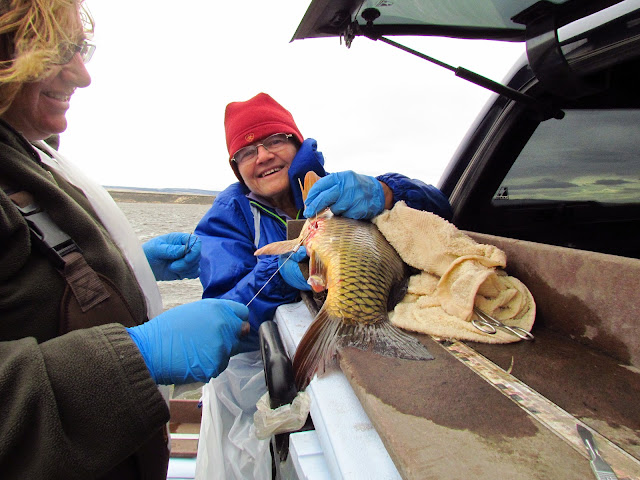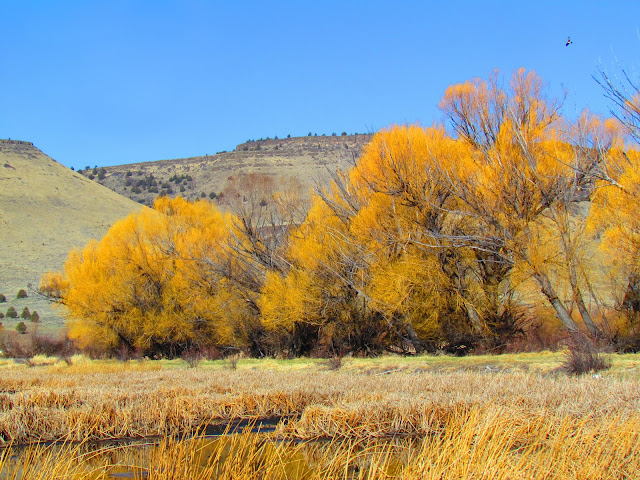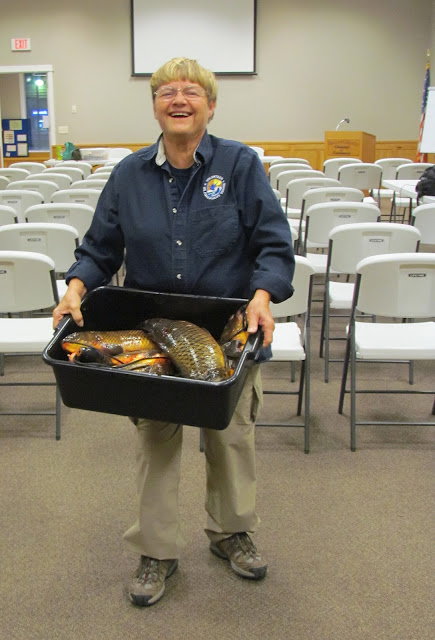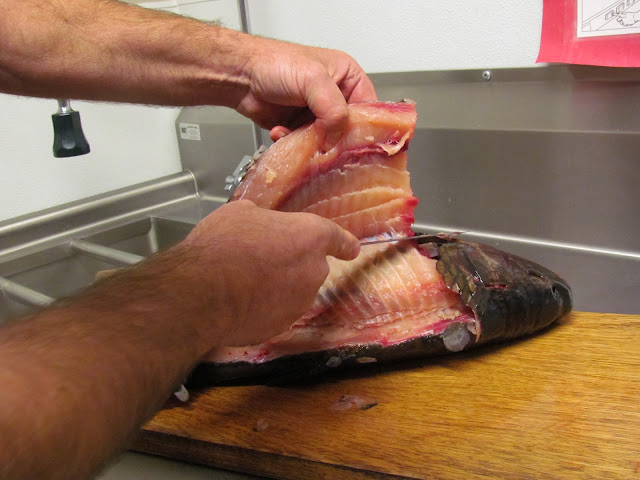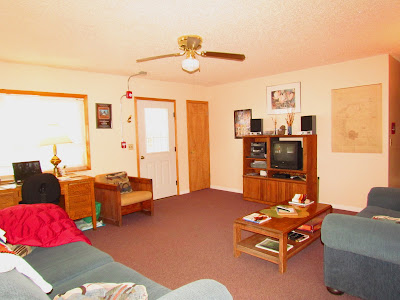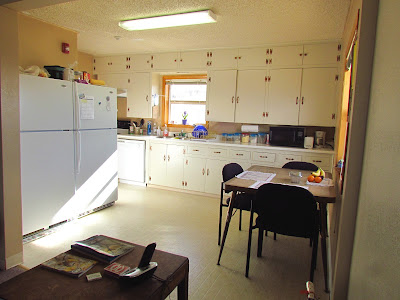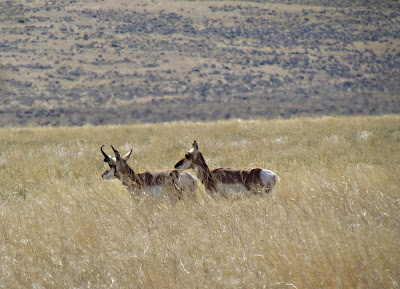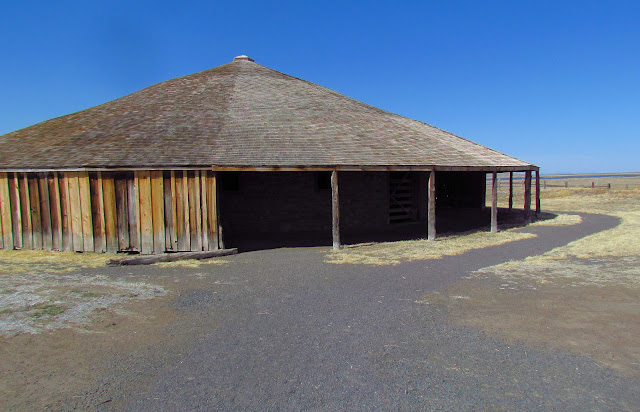In the late 1930's 's common carp,
Cyprinus carpio, were introduced into the Blitzen River watershed. Twenty years later, they started negatively impacting the wetlands, waterways, and lakes of Malheur National Wildlife Refuge. They compete directly with native fish and birds for food, and destroy habitat - especially the sago which is the main dabbling duck food, and make the waters turbid which is harmful for many species.
They have been responsible for degrading the habitat in the entire Harney Basin (t
he valley that includes another watershed) to the point that now we only have one-tenth of the historical numbers of ducks and geese. And this in an extremely critical area in the Pacific Flyway that is used as a rest and refueling stop by thousands of ducks and geese. The Refuge has been fighting carp since the 1950's with very little success. In fact, the use of Rotonone to poison the carp, may have further lowered the numbers of native fish.
Now the refuge is working with 60 other collaborators to draft a comprehensive plan to manage the refuge over the next 15 years. The poor aquatic health is considered the most pressing issue to address.
I was lucky enough to get to go to a Carp Workshop where professors, professional carp fishermen, Ducks Unlimited Representatives, biologists, and a man who has plants in Australia and Minnesota to harvest and sell carp parts, all came together.
Several days before the workshop, I found a set of recipes from an eastern region of the Fish and Wildlife Service. I forwarded them to my boss who sent them to the fish biologist, and workshop planner. Linda, the fish biologist, is another wonderful, off the wall, ADH type of person and feels like my sister. She immediately recruited me to prepare some entries to share with the workshop participants. This of course, involved catching fish - not an easy prospect when they are in the deepest, water they can find - then figuring out how to prepare them, and then deciding on a few recipes and figuring out how to get the food to the workshop participants.
The refuge fire guys were charged with getting me fish. Meanwhile I was watching videos and reading articles about preparing carp. When nine carp were delivered to me, I knew it was time to try what I had learned.
Thursday Afternoon
Shane came to tell me he had put fish in my second, empty refrigerator.
Friday Morning
My first problem was not having a cutting board big enough to but the carp on - some were up to about 18 inches long. Then I realized the wooden pull out shelves of the old desk in our living room could do double duty. So I got started.
For purportedly dead fish, those suckers sure could move. I soon found I needed more than my arthritic hands to hang on to them. I also found I needed at least three hands to do the job of skinning them. (
My first information was that I had to skin them before filleting them.)
 |
| First skinning attempt - not done yet |
|
|
I also figured out - the hard way, of course - that I needed to cut the fillet portion of the fish along the backbonde and belly, as well as behind the head and at the base of the tail, before trying to pull the skin off.
 |
| Cut with the point of the knife cutting out - the scales dull it otherwise |
 |
| Success - several fish later - skin to the left - filet to the right |
|
At the end of this session - actually it ended two fish short of the catch - I decided I didn't have enough fish to feed a group of 60 so tried to look really sad about it when I told the fish biologist that the carp sampling wasn't going to happen. This was on Friday before the workshop was to start on Tuesday morning. I took the fillets off the smallest carp, and shook them in a bag with a mix of flour and cornmeal, Old Bay, and Tony Tony Chachere's Creole Seasoning, then lightly fried them in canola oil. My filets had the Y-bones in them but, by first breaking the fillet in half down the long axis, I was able to just pull the tiny bones out. Very yummy!
To be continued.






